Fragrant Egyptian lentil soup (shorbet ads) is flavored with cumin, turmeric and coriander. I borrowed this delicious spice combo for use in chicken and rice soup. The result is a flavorful, warming meal packed with nutrients.
Because the rice is boiled in the soup, it is at its peak flavor when served right away. If you plan on having leftovers or making the soup ahead of time, consider making rice separately and adding it when serving. (Rice tends to absorb the broth and dilute flavors as it does.)
For this recipe I prefer to use a whole 1-pound Cornish hen, cut into four pieces. It provides a lot of flavor and the skin is so delicate it can be left in the soup. However bone-in chicken thighs or drumsticks work great. You can make it easier on yourself by using boneless skinless chicken, but there will be a small sacrifice of flavor.
Unfortunately I don’t consider this recipe to be a ‘low spoons’ recipe. There’s a lot of peeling, chopping, mashing and shredding. It can feel pretty labor intensive. However if you are having an energetic day, it’s worth trying. It’s just that tasty.
Low FODMAP Egyptian Inspired Chicken & Rice Soup
Makes 6-8 servings
Ingredients
- 1 lb chicken bone-in chicken parts or 1 Cornish hen, cut into quarters
- 4 cups water
- 4 cups prepared low FODMAP chicken broth
- 1 tbsp olive oil
- 1 tbsp garlic infused olive oil
- 1/3 cup long grain rice, (uncooked) such as basmati or jasmine, rinsed well
- 1 bunch scallions, chopped (green parts only)
- 2 medium-sized carrots, peeled & cut into coins
- 1 large Yukon gold potato, peeled & finely chopped
- 1/4-1/2 cup tomatoes, chopped
- 1 tbsp ground cumin
- 1 tbsp ground turmeric
- 1.5 tsp ground coriander
- Lemon wedges for serving (optional)
- Fresh parsley, chopped (optional)
- Ground sumac (optional)
Instructions
- Heat a large soup pot over medium high heat. Add the olive oil and the garlic infused olive oil. When it shimmers, add the carrot and potato, and sauté until softened, about 6-7 minutes.
- Add chicken parts, water and broth. Bring to simmer and cook for 15 minutes.
- Add rice and tomatoes. Bring to a boil, skimming off any foam that rises to the top. Reduce heat to medium-low and cook uncovered for 15 minutes.
- Add tomatoes, scallions, cumin, turmeric and coriander. Simmer for 10-15 minutes, or until rice is tender and chicken is cooked through.
- Remove chicken from the soup. Shred or chop the meat, discarding any bones or cartilage. Using a potato ricer, gently mash the potato and rice so the soup becomes thickened. Return the shredded chicken to the soup, stir thoroughly, then remove from heat.
- Ladle into bowls and top with parsley and a sprinkle of sumac. Serve with lemon wedges.
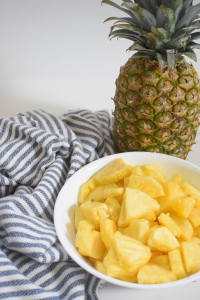

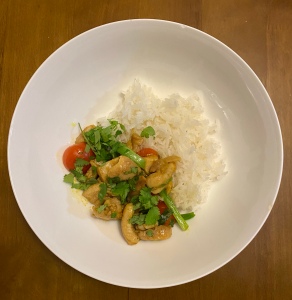
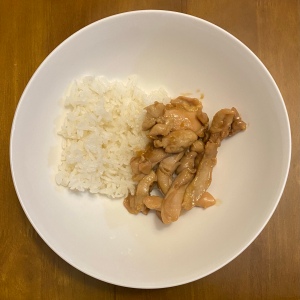
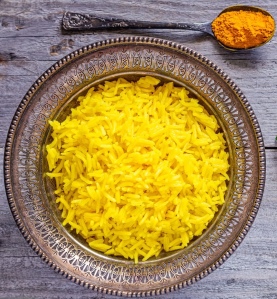
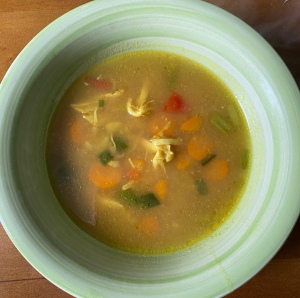
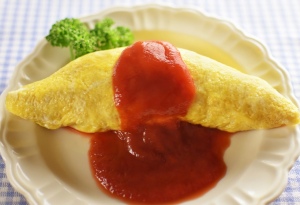
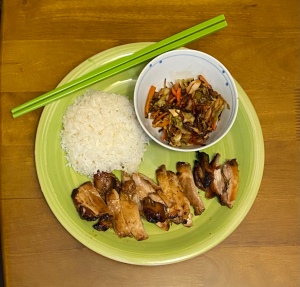

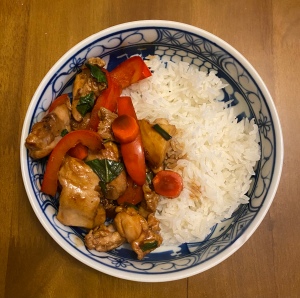
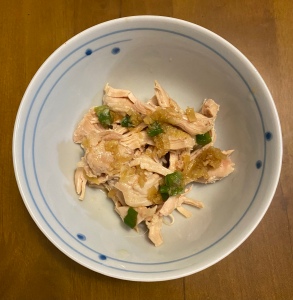
You must be logged in to post a comment.